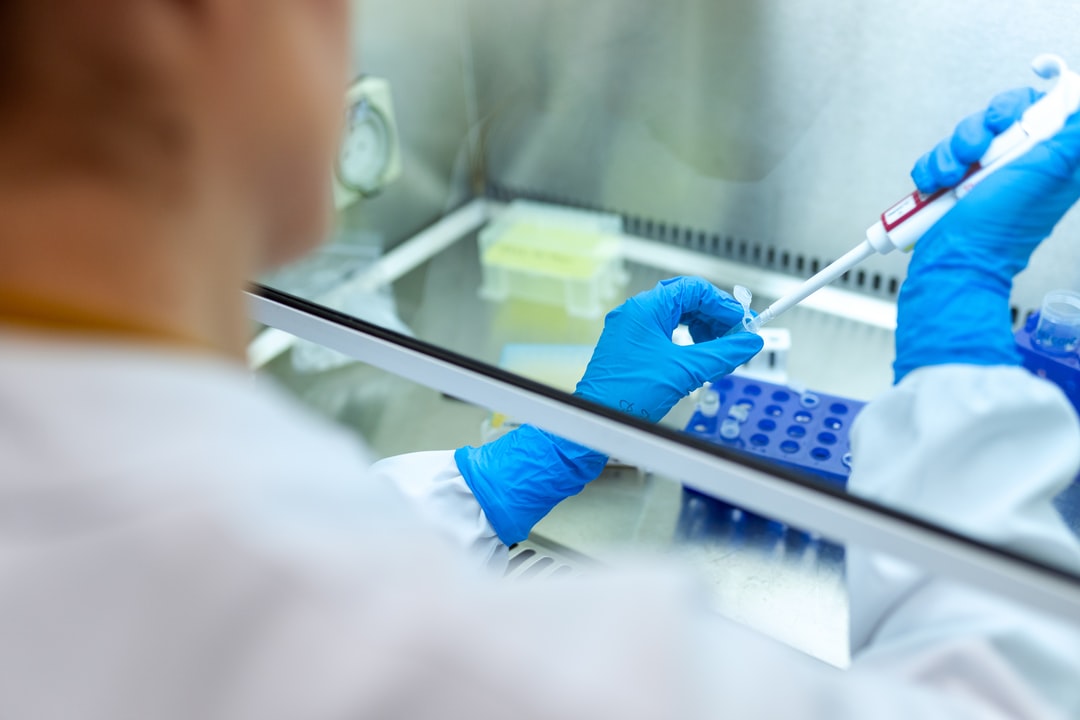
Luminescence-Based Assays
Luminescence-based assays are a broad category of laboratory techniques that utilize luminescence (light emission by a substance not resulting from heat) to measure various biochemical or physical phenomena. These assays have found widespread application in research, diagnostics, and drug development due to their sensitivity, specificity, and versatility.
Luminescence-Based Assays Applications
Drug Discovery and Development
Luminescence assays are extensively used in drug screening and lead optimization processes. They are employed to measure enzyme activity, protein-protein interactions, receptor-ligand binding, and intracellular signaling pathways. Luminescence-based assays enable high-throughput screening of compound libraries for drug discovery.
Molecular Biology and Genetics
Luminescence assays are crucial for studying gene expression, transcriptional regulation, and DNA-protein interactions. They are used in reporter gene assays, luciferase assays, and ATP detection assays. These assays facilitate the quantification of gene expression levels, promoter activity, and transcription factor binding.
Cellular Imaging and Analysis
Luminescence imaging assays are employed for visualizing and tracking biological processes within living cells. Bioluminescence imaging using luciferase reporter genes enables non-invasive monitoring of gene expression, cell trafficking, and tumor growth in animal models. Luminescent probes and dyes are also utilized for cell labeling and tracking in fluorescence microscopy.
Clinical Diagnostics
Luminescence-based assays have applications in clinical diagnostics for detecting biomarkers, pathogens, and disease states. They are used in immunoassays, enzyme-linked immunosorbent assays (ELISA), and chemiluminescent assays for diagnosing infectious diseases, cancer biomarkers, autoimmune disorders, and hormone levels.
Environmental Monitoring
Luminescence assays play a role in environmental monitoring and pollution detection. They are used to measure pollutants, toxins, and contaminants in air, water, and soil samples. Luminescent biosensors and reporter systems enable rapid and sensitive detection of environmental pollutants and microbial contamination.
Food Safety and Quality Control
Luminescence assays are utilized in food safety testing and quality control for detecting pathogens, toxins, and contaminants in food products. They enable rapid and specific detection of foodborne pathogens such as Salmonella, Listeria, and E. coli, ensuring food safety and minimizing the risk of foodborne illnesses.
Biomedical Research
Luminescence-based assays are employed in various areas of biomedical research, including neuroscience, cancer biology, cardiovascular research, and infectious diseases. They enable researchers to study cellular processes, protein-protein interactions, and molecular mechanisms underlying disease pathogenesis.
Pharmacology and Toxicology
Luminescence assays are used in pharmacological and toxicological studies to evaluate drug efficacy, toxicity, and mechanism of action. They enable researchers to assess cell viability, apoptosis, oxidative stress, and mitochondrial function in response to drug treatment or environmental toxins.
Overall, luminescence-based assays offer sensitive, specific, and versatile tools for studying biological molecules and processes in research, diagnostics, and various other applications. They provide valuable insights into cellular function, disease mechanisms, and drug discovery, contributing to advancements in biomedical science and technology.